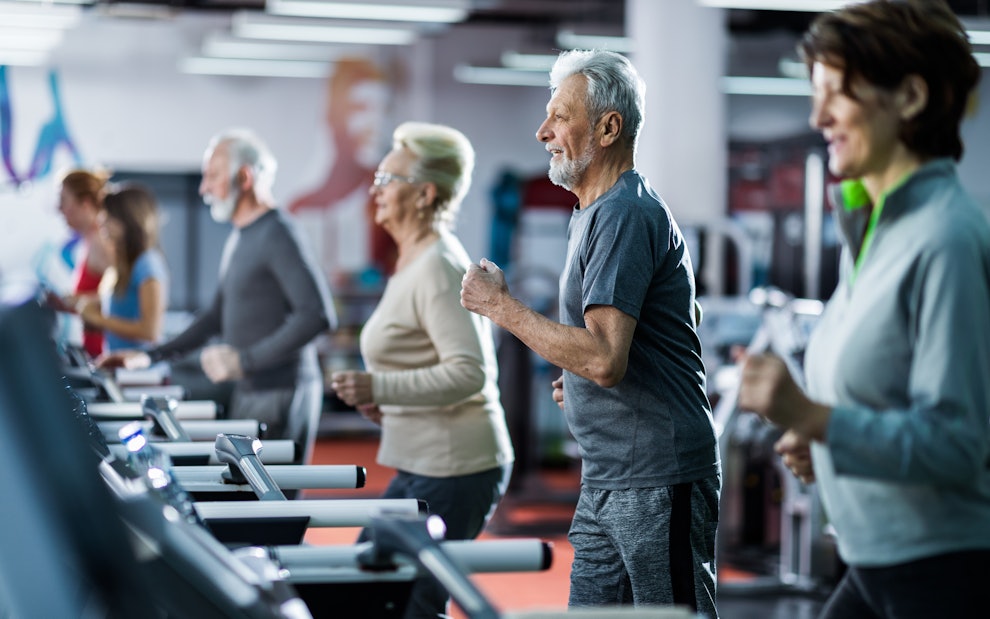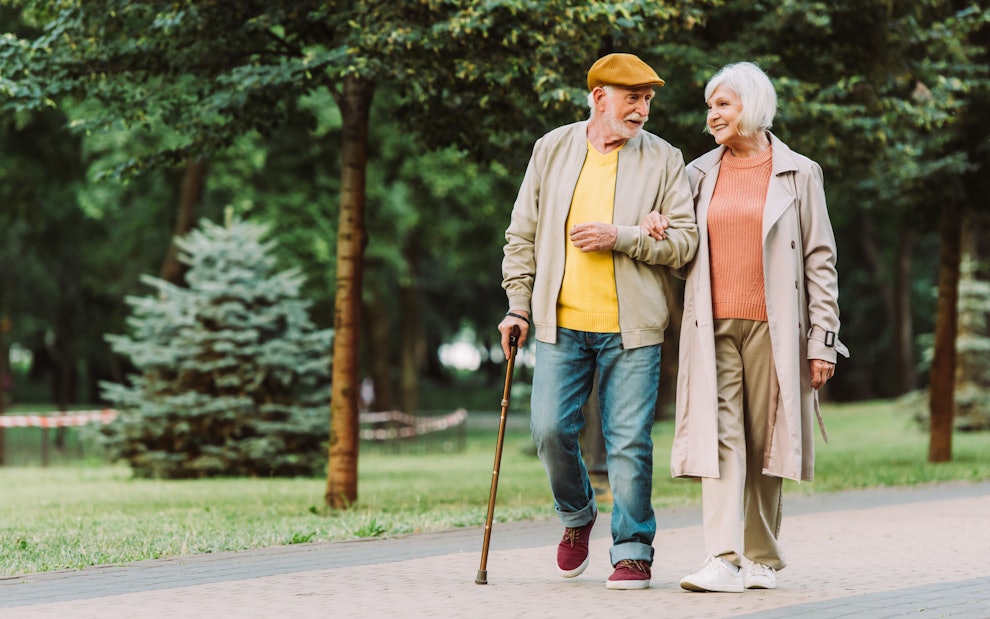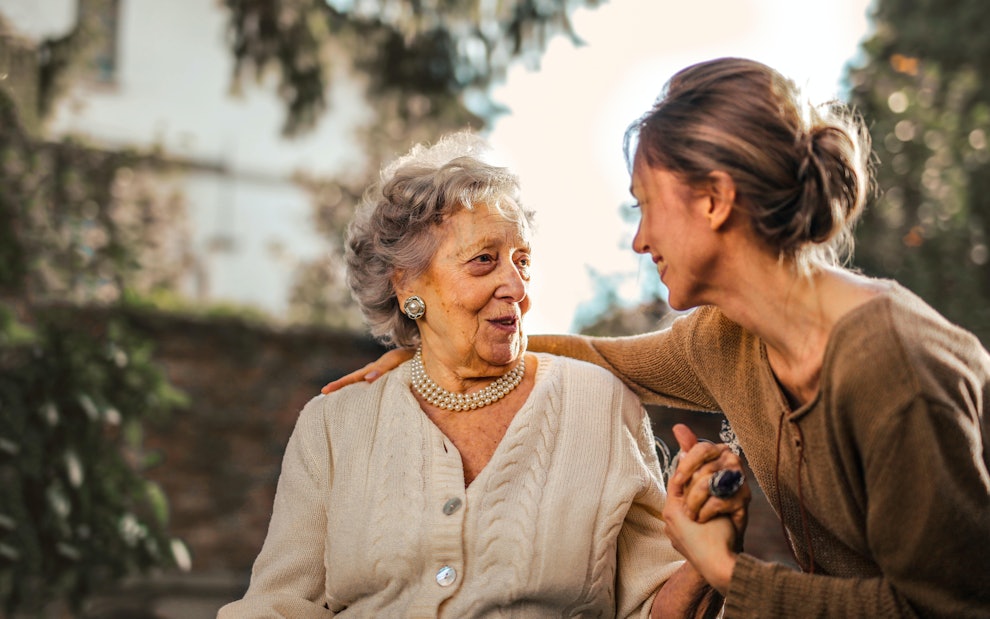Sun Safety: UV Protection and Heat Exhaustion
Article at a glance
Radiation is a form of energy that’s present all around us, and a common type is ultraviolet (UV), which comes from the sun. To learn more about UV radiation, read this section.
Our bodies have a natural way of cooling themselves through sweating. But when we sweat too much and aren’t able to replace the fluid that we lose, we may experience heat exhaustion. To learn more about heat exhaustion, read this section.
There’s a fine line between heat exhaustion and heat stroke. To learn more about the difference between them, read this section.
It may be fun under the sun, but too much can cause serious damage. To learn more about the risks of sun exposure, read this section.
Enjoying the sun is fine, as long as you’re safe. To learn more about how to protect yourself from UV radiation, read this section.
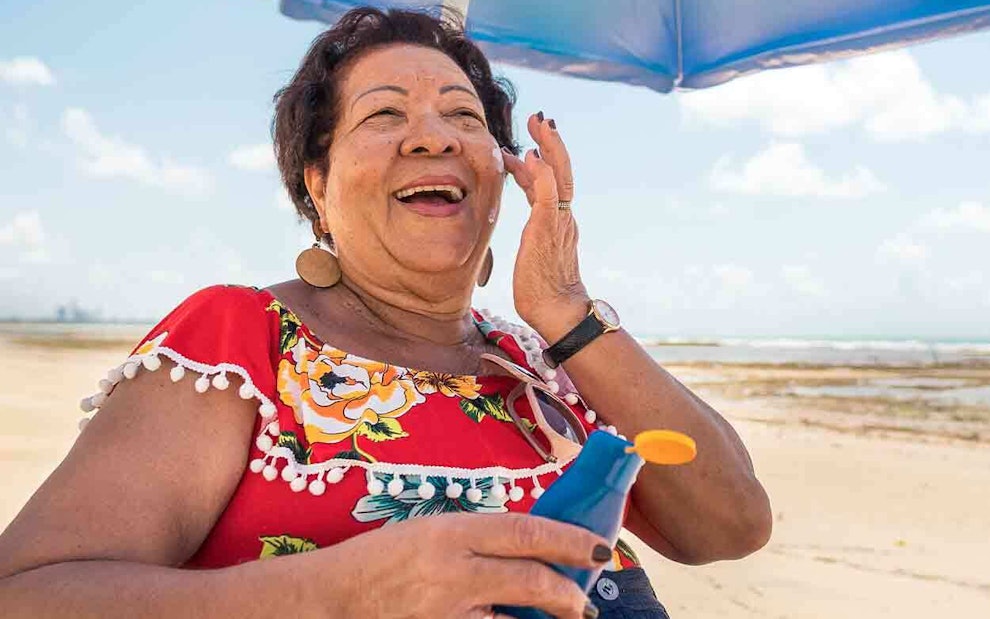
There are plenty of activities that you just can’t do indoors, and getting fresh air is good for you. But being outside, especially for extended periods of time, can also carry some risks. The warmth of the sun may feel good, but exposure to extreme heat and ultraviolet radiation doesn’t. So what can you do? The good news is, there are many ways you can protect yourself from the effects of sun exposure. Know what they are, apply them diligently, and you’ll have no problem enjoying your time in the great outdoors.
What is ultraviolet (UV) radiation?
Radiation is a type of energy that comes in many different forms, most of which can’t be seen by the human eye. An example is UV radiation, which is energy that comes from the sun, as well as from man-made sources such as tanning beds and welding torches. There are 3 main types of UV radiation:
UVA: contains the least amount of energy. It can cause premature skin aging (like wrinkles), can lower the body’s defense against diseases, and may play a role in the development of some types of skin cancers.
UVB: contains slightly more energy than UVA. It’s the main cause of sunburns and can cause direct DNA damage to skin cells, meaning it causes most types of skin cancers. The amount of UVB that reaches the ground depends on many factors such as latitude, altitude, and time of the year.
UVC: contains the highest amount of energy, but is blocked by the ozone layer in the atmosphere and therefore, doesn’t normally reach the ground. However, man-made tools such as mercury lamps, sanitizing bulbs, and welding torches can generate UVC rays, and those who are exposed to it are at an increased risk for severe skin burns and injuries to the eye.
What is heat exhaustion?
Heat exhaustion occurs when the body gets too hot and is unable to cool itself down. This can happen during exercise or any kind of physical activity, when the body is exposed to high temperatures (hot weather), and/or under very humid conditions. These factors can cause it to respond through heavy sweating, which leads to excessive loss of water and electrolytes. When the lost fluid is not replaced, such as by drinking more water, dehydration occurs. This can mean less blood returns to the heart, which can make it difficult for it to supply blood to organs and muscles. People at risk from heat exhaustion include those who:
are very young or old
are alcoholics (due to dehydration)
are overweight or obese
have high blood pressure, diabetes, or heart disease
work in a hot environment
have an active lifestyle (e.g., runners and hikers)
What are the symptoms of heat exhaustion?
Heat exhaustion can present itself in many ways. The signs and symptoms may develop gradually or occur suddenly. These include:
blurry vision
headache
fever and chills
extreme tiredness, weakness, irritability or faintness
nausea and vomiting
rapid, shallow breathing
weak but fast heartbeat
heavy sweating and excessive thirst
cold, pale and moist skin
swelling of the ankles, feet, and hands
low blood pressure
dehydration and decreased urine output
Before these symptoms appear, a red rash (heat rash) or painful muscle cramps (heat cramps) may also develop.
Heat exhaustion vs. heat stroke
Both heat exhaustion and heat stroke are types of heat-related illnesses. Heat stroke is the more serious type and happens when the body loses the ability to control its temperature. The body becomes unable to sweat and its temperature rises. During a heat stroke, body temperature can rise as high as 106°F or even higher within 10–15 minutes. For reference, normal temperature is 98°F. Compared to heat exhaustion, the symptoms of a heat stroke are more severe. These include confusion, slurred speech, loss of consciousness, seizures, and it can even lead to death if left untreated.
When dealing with someone who has experienced heat exhaustion or a heat stroke, it’s important to seek medical help right away. Move away from the hot and humid environment and go to a cooler area with good air circulation. Using cold compresses and cold water may also help.
Risks of sun exposure
Although you can’t see UV radiation, it can still penetrate the skin. In fact, it can also be reflected by ice, sand, snow, and water, and can go through windows. Sun exposure is greatest during the summer months, and between 10 am and 4 pm. Spending prolonged periods outdoors during these times, especially without any form of sun protection, increases the risk of getting sunburned. Sunburn can affect vision too, causing red, dry, irritated, and painful eyes. Years of sun exposure can lead to early wrinkling and aging of the skin, age spots, and an increased risk of skin cancer. It can also cause the eyes to form pterygiums (abnormal tissue growth), cataracts, and possibly macular degeneration, which can lead to blindness.
The skin contains a pigment, called melanin, which is what gives it color — and protects it from sun exposure. Lighter-skinned individuals have less melanin compared to people with darker skin, so those with lighter skin can get sunburned more easily. However, it’s important to note that while skin cancer is more commonly seen in those with lighter skin tones, people with any type of skin tone can still develop it.
Statistically, while skin cancer is less prevalent for people of color (i.e., those of African, Asian, Latino, Mediterranean, Middle Eastern, and Native American descent), it’s often diagnosed too late, which makes it even more difficult to treat. Skin cancer represents 4–5% of all cancers in Hispanics, 2–4% in Asians, and 1–2% in African-Americans. People of color most often develop melanoma — the most serious type of skin cancer — on areas that receive little sun exposure, like the palms, soles and nails.
It may seem that young, active people would be at greater risk for skin cancer, but most cases are actually detected in adults over 65 years old, and around 40–50% of Americans over 65 will have some type of skin cancer at least once in their lifetime. The longer a person lives, the more sun exposure they’re likely to have, which increases both their chances of developing skin cancer, as well as the likelihood of dying from it. In addition to prolonged sun exposure, it’s estimated that only around 15% of the older population regularly use sun protection, which increases their risk even further.
How can I protect myself from UV radiation?
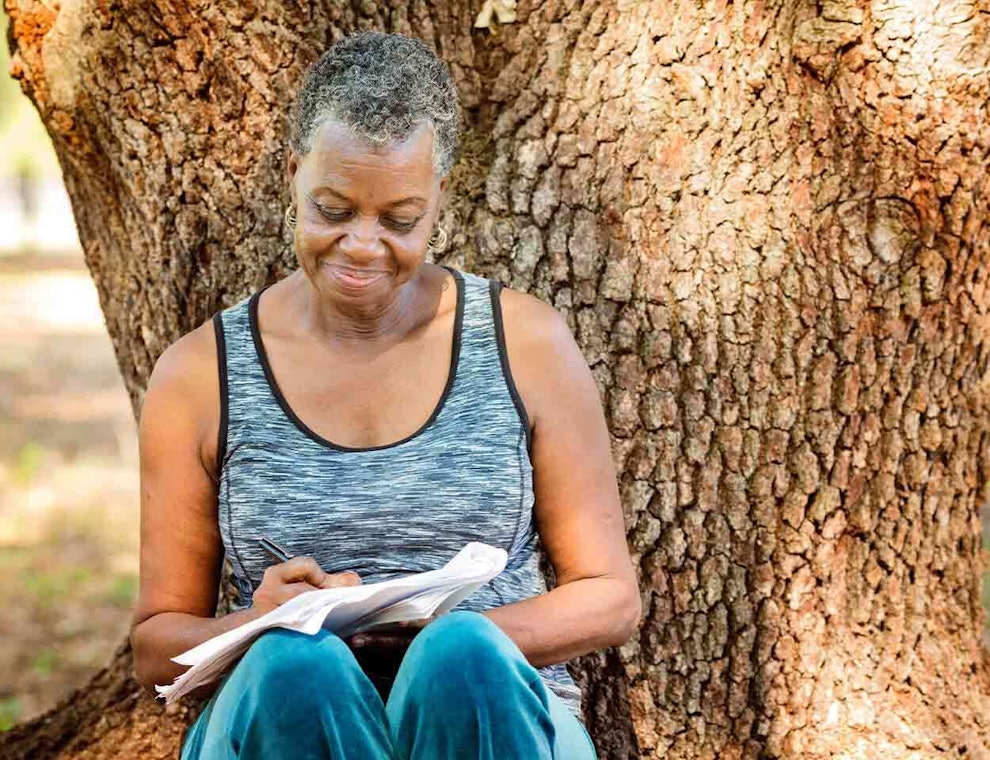
Use sunscreen
When choosing the right sunscreen, go for a waterproof, sweatproof and broad-spectrum formula, which protects against UVA and UVB rays. Choose one that has an SPF (sun protection factor) of at least 30, apply it at least 30 minutes before heading out, and reapply every 2 hours.
Stay in the shade
Because the sun’s UV rays are the strongest between 10 am and 4 pm and during the summer, it’s best to limit sun exposure during these times. If that’s not possible, try to stay in the shade as much as you can. However, it’s important to remember that shade provided by trees and umbrellas isn’t enough to fully protect you from sun exposure. Applying sunscreen is still crucial, even when you’re not directly under the sun.
Wear sun-protective clothing
Sun-protective clothing includes wide-brim hats, sunglasses, clothes that cover your legs all the way to the ankles, and long-sleeved shirts. These will give you an extra layer of protection against the sun. In addition, some garments have a UPF (UV protection factor) number that corresponds to how much UV radiation goes through the material and reaches your skin. For example, UPF 50 indicates that the fabric blocks 98% of the sun’s rays. Dark or bright colors, dense materials, and certain types of fabrics (e.g., unbleached cotton, shiny polyester, satiny silk) also offer some protection against UV radiation.
Although there are many risks that come with sun exposure, you can still safely enjoy the outdoors when you have proper protection. Knowing what to do is the first step, but applying these sun safety practices and making them a habit is the key.
Sources
https://www.fda.gov/radiation-emitting-products/tanning/ultraviolet-uv-radiation
https://www.cancer.org/cancer/cancer-causes/radiation-exposure/uv-radiation.html
https://www.epa.gov/radtown/ultraviolet-uv-radiation-and-sun-exposure
https://my.clevelandclinic.org/health/diseases/21480-heat-exhaustion
https://www.mayoclinic.org/diseases-conditions/heat-exhaustion/symptoms-causes/syc-20373250
https://ksi.uconn.edu/emergency-conditions/heat-illnesses/heat-exhaustion/#
https://www.cancer.gov/about-cancer/causes-prevention/risk/sunlight
https://www.skincancer.org/skin-cancer-information/skin-cancer-skin-of-color/
https://www.cdc.gov/cancer/dcpc/research/articles/older-adults-protect-skin-sun.htm
https://www.skincancer.org/blog/the-sun-keeps-rising-why-seniors-cant-skip-uv-protection/
https://bethesdahealth.org/blog/2021/07/20/the-importance-of-sunscreen-for-seniors/
https://pitman.umcommunities.org/2021/07/12/how-seniors-can-stay-safe-from-the-sun/
https://www.skincancer.org/skin-cancer-prevention/sun-protection/sun-protective-clothing/
Become a patient
Experience the Oak Street Health difference, and see what it’s like to be treated by a care team who are experts at caring for older adults.


